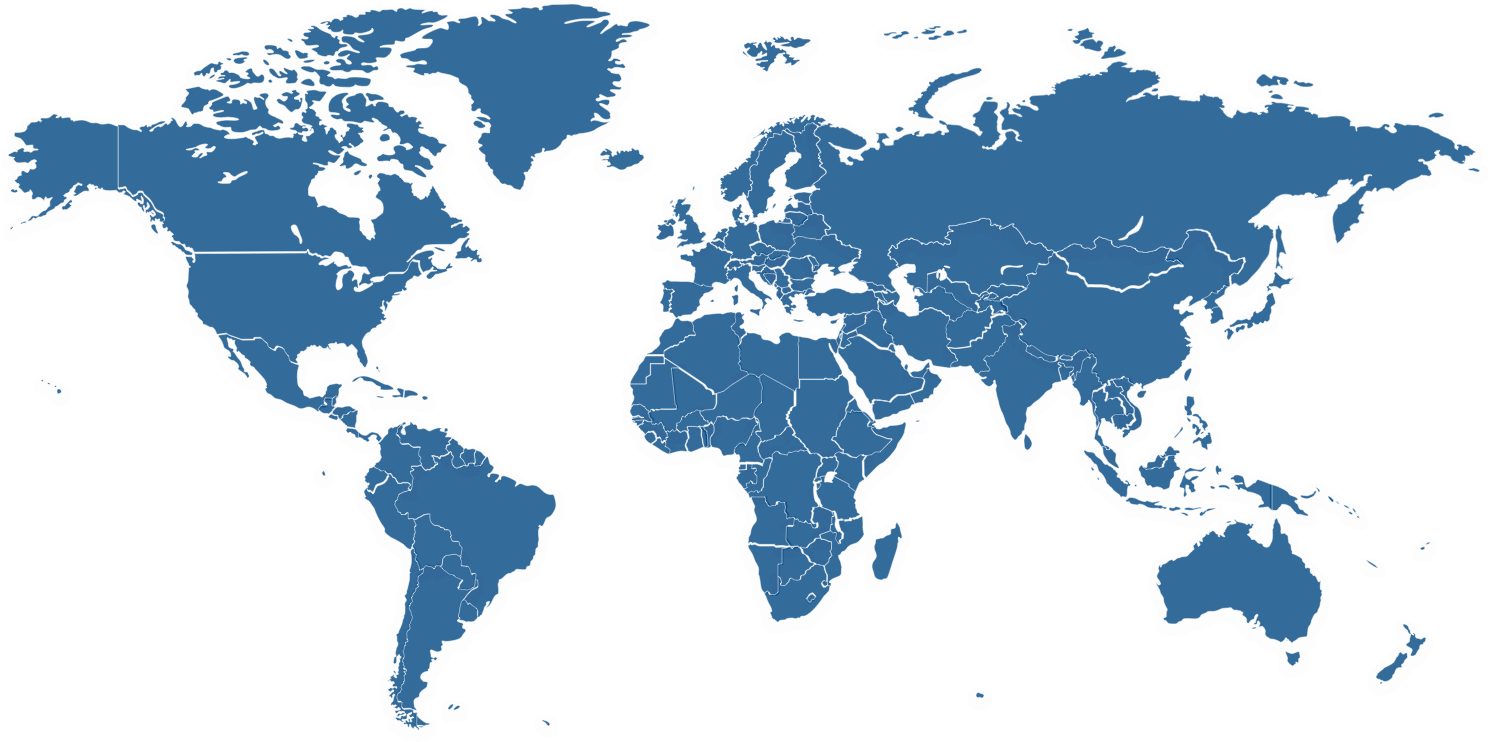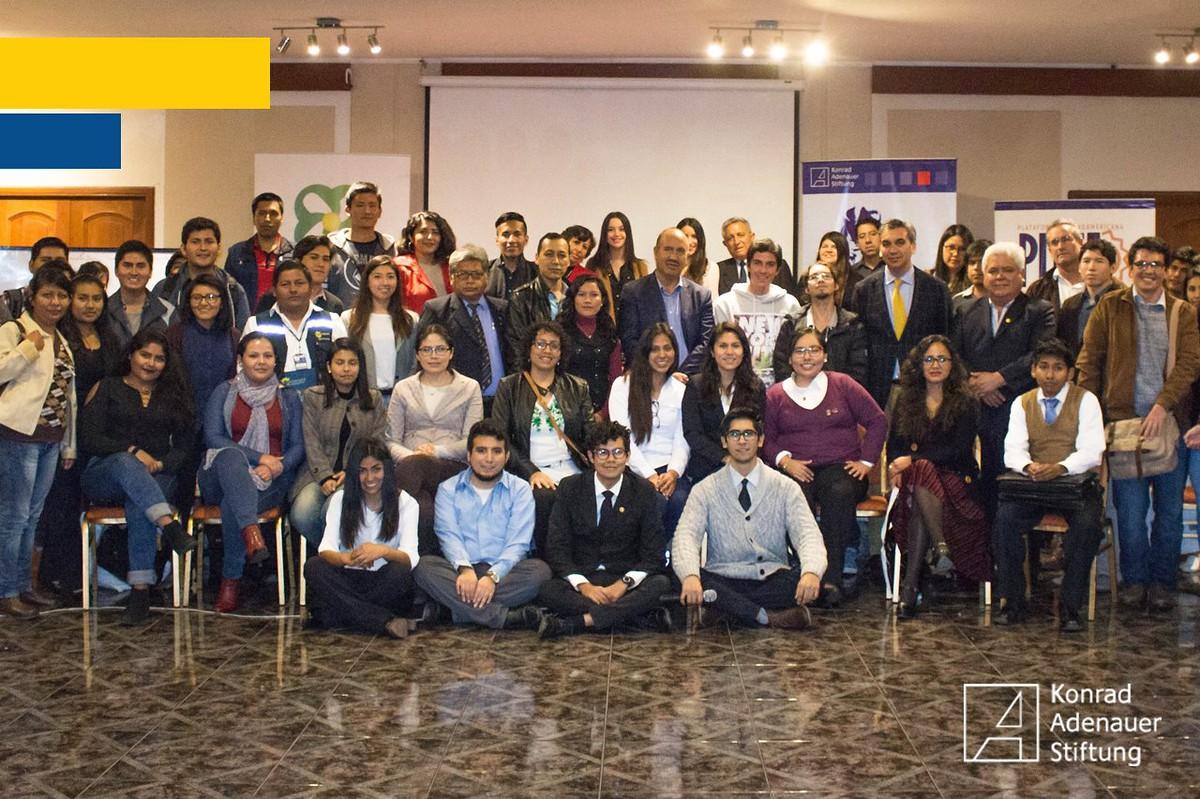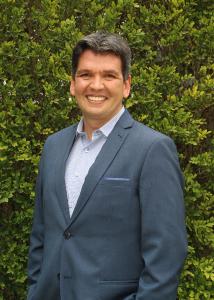Event reports
The welcome speech was given by Mr. Oscar Segovia Villalba, Regional Manager of Natural Resources and Environmental Management of the Regional Government of Tacna, who highlighted the fact that sustainable development is the challenge of this century. He said: “We must ask ourselves how we want the region's growth to be sustainable and we must improve the concept and vision of what we want to do in Tacna”. Engineer Carlos Polo, Director of the Center for Renewable Energies of Jorge Basadre Grohmann National University, also participated in this welcome segment. He mentioned that the CER (Center for Renewable Energies, by its Spanish Acronym) was created in order to support the academic training of young students, graduates and thesis candidates, so that they may contribute to help Tacna develop sustainably.
Presentations
The first speaker, Pedro Gamio, from Plataforma Energía Renovable Perú, mentioned that climate change is not only a moral commitment, but something that impacts severely our economy, as was the case with the El Nino Coastal Phenomenon, which hit Peru this year. Those were difficult weeks that had undermined the capacity for growth of the Peruvian economy, which forces us to conclude that if we don't change the way in which we develop, we shall have serious problems in order to guarantee the offer of employment and the opportunities for future generations. By the year 2025, the economic harm in the Andean region would mean an approximate loss of 30 billion dollars per year. This amount is 100% of what is spent on health, and 80% on education in the Andean region countries, considering also that those most affected are poor families who live mainly in the countryside. Tacna has water issues which could become more acute and serious if we don't take action on the matter. Nonetheless, “there are proposals for approaching those problems, but we need a strong political will to implement them”, he stated.
Engineer Franco Canziani, from Waira Energía, presented his company which develops modern wind and solar energy, initially for the countryside, later expanding into the urban area in order to incorporate renewable energy massively. They are currently developing electrical micro-networks: electrical systems that manage and control different resources, such as solar, wind, the network itself or electric generator, with a power accumulation system in order to move from one system to another while being autonomous. The other line of activity that they develop is urban self-consumption: where there is electricity, integrating it with solar and photovoltaic energy with electronic systems and achieving self-consumption. The vision of the projects is to demonstrate that it is possible to go beyond the petroleum age, using renewable resources, spreading and practicing environmental responsibility.
Next, we were able to appreciate the experience of the Casas de la Energía – Casas del Sol network, presented by Mr. Carlos Arenas Coronil from the Ayllu Solar SERC Chile project. The main objective of this program is to develop projects related to innovation and self-sustainability, within the framework of opportunities offered by solar technology in order to feed Chile's power matrix, in order to study under a multi/inter-disciplinary perspective the different scientific, technical and regulatory barriers which limit the massive use of this source of energy, in order to foster viable and cost-effective proposals that foster the large-scale use of this abundant resource available in Northern Chile. SERC Chile is in charge of executing the Ayllu Solar project, which seeks to collaborate with the region of Arica and Parinacota in order that the urban and rural communities of this region may reach sustainable development through the use of solar energy. The process is based on the creation of energy solutions relying on solar energy, that are cost-effective, repeatable and scalable in key areas for the development of the communities. Why this region and not another one? Because given its high levels of radiation and its exceptional clarity, the Atacama desert possesses great potential for the production of power, heat and lighting based on solar energy. This is also an exceptional area for studying, developing and testing new solar technologies.
Finally, Engineer Carlos Polo Bravo from the del Center for Renewable Energies of Tacna, said that one of the main problems of the Tacna region is water deficit (ranging from 8 to 10 m3/s), for population, as well as farming and industrial use. Other problems are: contaminated waters with high metal content, desertification of wetlands and extreme cold weather in the high Andes area and transient droughts, as well as inadequate and irrational use of underground waters (the best surface and underground waters are destined for mining use), the need for electric power for water pumping, among others.
However, the region possesses all the potential for achieving sustainable development, with the good use of its various resources, such as proximity to the sea, the abundant solar energy potential, the good geothermal potential in the high Andes area and the fact that 80 % of its territorial extension is a desert and is exploitable as productive land with the adequate use of technology and human capital.
The closing speech was delivered by Congressman Armando Villanueva Mercado, who underscored the potential of renewable energies (solar, mainly) that privilege this part of Peru and, hence, he stated the urgency for moving on at a more steadfast and decided pace as far as energy transition is concerned, on one hand in order to honor international agreements, such as the Paris agreement, and on the other hand mainly so that development in the Tacna region (and the nation) can be sustainable for future generations.






